Charlestown Railway
Introduction
The Charlestown Railway was originally the Elgin Railway, partly realigned and improved, particularly with a long curved deviation to the west of Charlestown itself and a station at the harbour.
Dates
| / /1810 | Charlestown Railway Earl Thomas builds a three arch viaduct, Charlestown Viaduct, to allow trains to reach Charlestown Harbour. 2 stationary engines also installed. |
| / /1834 | Charlestown Railway Earl Thomas introduces horse drawn omnibus on railway which can take 50 passengers. First station at Charlestown [1st] opened by Camsie House on what is presently the cricket ground. |
| / /1848 | Andrew Carnegie Leaves Dunfermline by the Charlestown Railway, Forth paddle-steamer ferry, Forth and Clyde Canal and steamer from Glasgow. |
| / /1859 | Charlestown Railway Act receives Royal ascent. |
| 01/08/1861 | West of Fife Mineral Railway Charlestown Railway West of Fife Railway and Harbour West of Fife Mineral Railway merged with Charlestown Railway to create the West of Fife Railway and Harbour Company. |
| / /1866 | Charlestown Railway Part abandoned. |
| / /1866 | West of Fife Railway and Harbour Elbowend Junction [1st] to Townhill Junction opened, linking the Charlestown Railway to the West of Fife Mineral Railway. (Allowing the Pittencrieff Incline to close?) |
| / /1890 | Charlestown Railway Part of Charlestown Harbour's inner harbour filled in to allow extension of the Charlestown Railway. |
| 01/09/1894 | Charlestown Railway Re-built line opened. |
| 01/11/1926 | Charlestown Railway Charlestown to Dunfermline (Elbowbend Junction) closed to passengers. |
| 24/02/1964 | Charlestown Railway Charlestown to RNAD Crombie siding (excluded) closed to freight. |
| / /1993 | Charlestown Railway RNAD Crombie siding to Elbowend Junction [2nd] (excluded) closed. |
Portions of line and locations
This line is divided into a number of portions.
Charlestown Incline Deviation

Mark Poustie 10/04/2016
1 of 1 images.
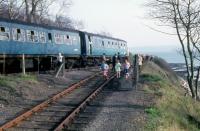
Roger Geach Collection 20/04/1974
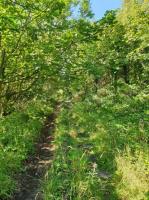
Mark Poustie 08/08/2020
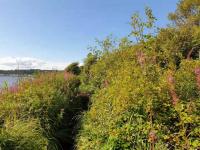
Mark Poustie 08/08/2020
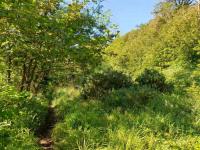
Mark Poustie 08/08/2020
4 of 18 images. more
This signal box was in the west of Charlestown a little to the location of the later Braeside Junction. The box controlled the connection between the line to the passenger station and the Charlestown Harbour sidings (laid out around 1896), which were approached from the north east.
...
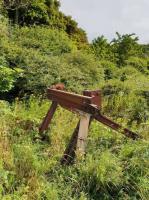
Mark Poustie 20/09/2021
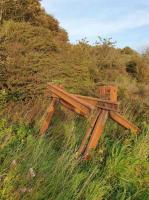
Mark Poustie 21/09/2020

Ewan Crawford //1996
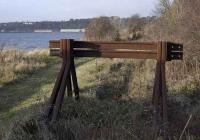
Bill Roberton 05/12/2007
4 of 4 images.
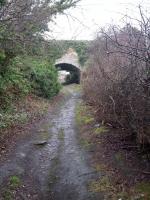
Mark Poustie 28/01/2017
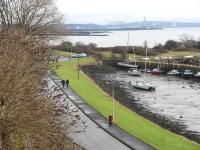
Mark Poustie 24/01/2010
2 of 2 images.
Charlestown Terminus
This was a single platform station with a typical North British Railway building.
...

Grant Robertson 19/03/2008

Grant Robertson 19/03/2008

...
Mark Poustie 24/01/2010
4 of 10 images. more
RNAD Crombie

Roger Geach Collection 20/04/1974

Mark Poustie 08/08/2020

Mark Poustie 08/08/2020

Mark Poustie 08/08/2020
4 of 18 images. more

Mark Poustie 10/10/2020
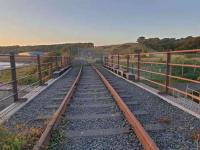
Mark Poustie 26/09/2020

Bill Roberton 30/04/1990
4 of 4 images.












